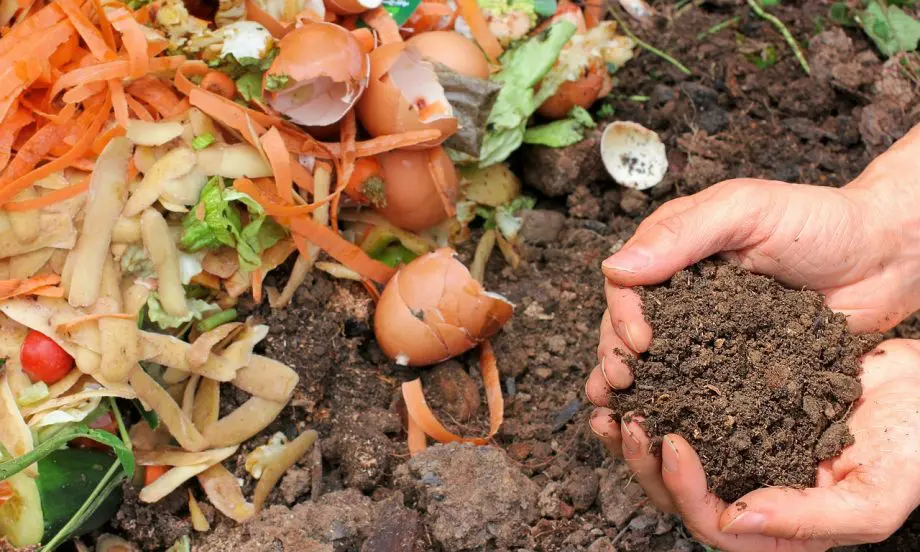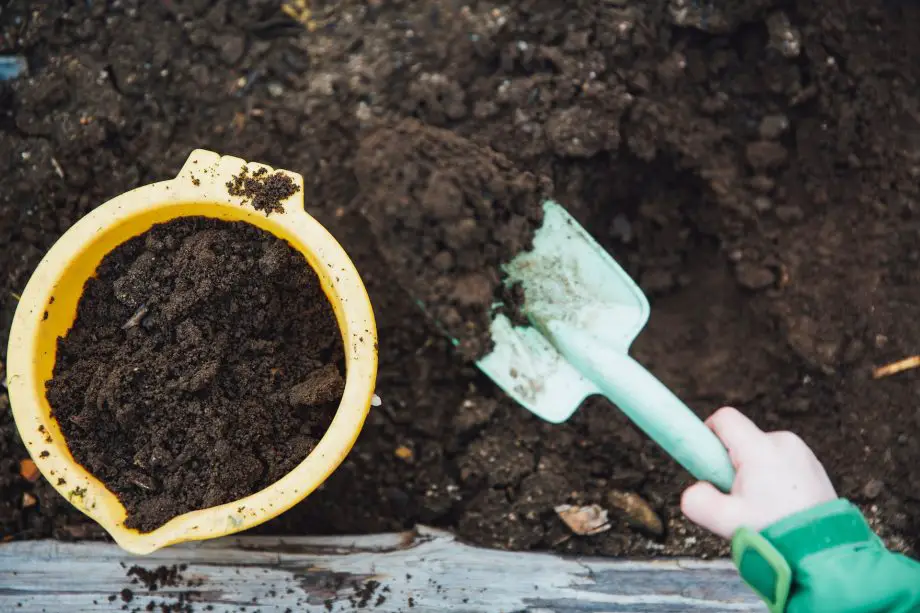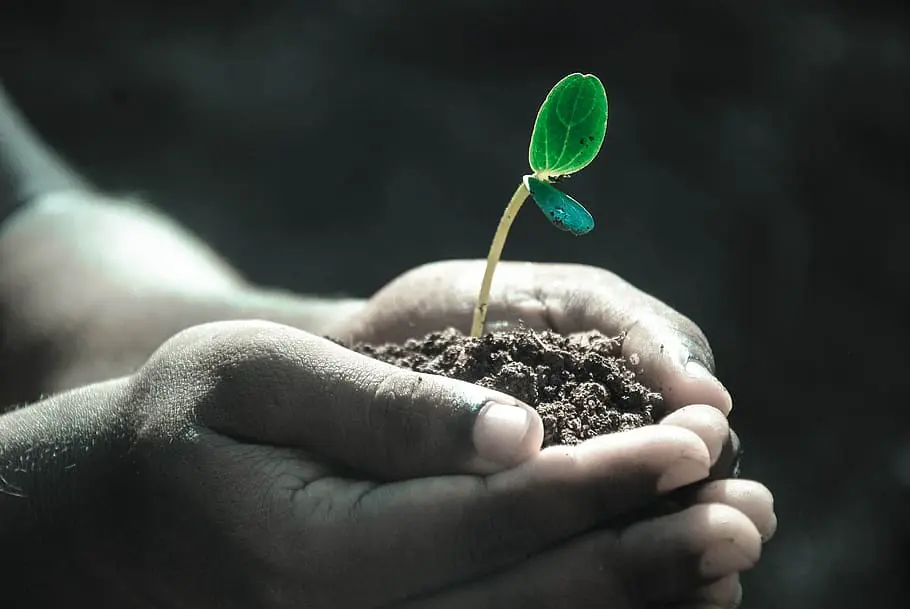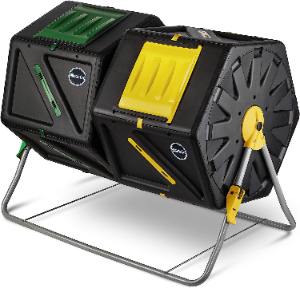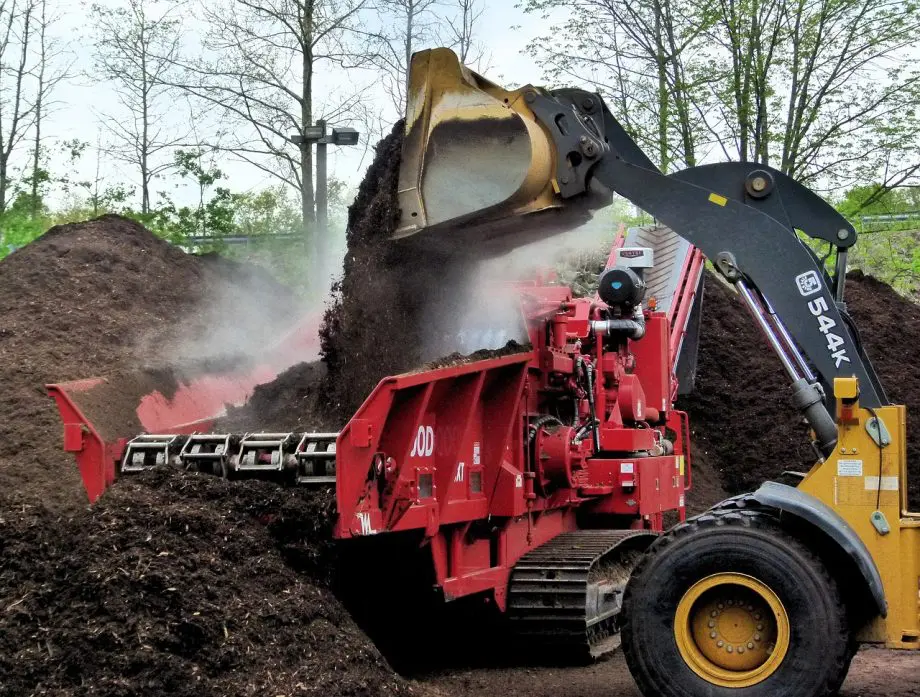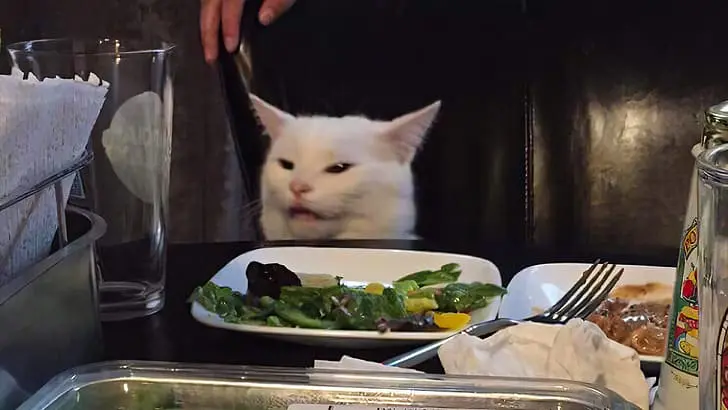
Discover the world of composting in our bokashi vs compost comparison guide. Unearth the benefits, drawbacks, and practical applications of both methods. Join us on this green journey!
Ever found yourself pondering the question, ‘Bokashi vs Compost’? Well, you’re not alone!
In the world of organic waste recycling, these two methods are like the superheroes of soil enrichment.
Each has its unique powers, and choosing between them can feel like picking a favorite superhero.
But don’t worry, we’re here to help you unravel this composting conundrum.
So, grab your gardening gloves, and let’s dive into the fascinating world of Bokashi and traditional composting!
Bokashi vs Compost
Today, we’re diving into a hot topic that’s been buzzing in the gardening world bokashi vs compost.
If you’ve ever scratched your head wondering which method is the best fit for your garden, you’re in the right place.
We’re going to explore everything from the origins and processes of Bokashi and traditional composting, to their advantages and disadvantages, and even practical applications in your garden.
We’ve also got a handy FAQ section to answer those burning questions you might have.
So, let’s embark on this composting adventure together and discover the wonders of turning waste into garden gold!
Brief Overview of Composting
Composting, my friends, is like magic. It’s the process where we take our everyday organic waste, think banana peels, coffee grounds, and even those pesky leaves that fall in autumn, and transform them into a nutrient-rich, plant-loving material known as compost.
It’s nature’s way of recycling! Through the power of decomposition, these materials break down over time, creating a dark, crumbly substance that gardeners often refer to as ‘black gold’.
And why not? It’s just as valuable for our plants!
Introduction to Bokashi and Traditional Composting
Now, let’s talk about our two composting superheroes Bokashi and traditional composting.
Starting with Bokashi, it’s a Japanese term that translates to ‘fermented organic matter’. Sounds intriguing, right?
Bokashi composting is a unique method that uses a special ingredient called Bokashi bran, which is packed with beneficial microorganisms.
These little helpers speed up the breakdown of your kitchen scraps in an airtight container, creating a type of pre-compost that’s ready for the next stage of composting or can be added directly to your garden soil.
On the other hand, traditional composting is probably what comes to mind when you think of composting.
It’s a more familiar method where organic waste is piled up and left to decompose over time, aided by oxygen, moisture, and a mix of green and brown materials.
The end result? A heap of nutrient-rich compost that your plants will absolutely love.
Both methods have their unique strengths and applications, and understanding them can help you make the most of your composting efforts. So, let’s dig deeper and explore these two methods further!
What is Bokashi Composting?
Alright, let’s dive into the world of Bokashi composting. If you’re new to this term, you might be wondering, What on earth is Bokashi?
Well, Bokashi is a Japanese word that means ‘fermented organic matter’.
It’s a unique method of composting that’s been gaining popularity among garden enthusiasts and eco-conscious individuals alike.
Unlike traditional composting, Bokashi composting is all about fermentation.
It’s a bit like making sauerkraut or kimchi, but instead of creating a tasty side dish, you’re producing a rich, nutritious supplement for your garden.
In the following sections, we’ll delve into the origins of Bokashi, the process involved, and the materials you’ll need to get started.
So, if you’re ready to try something a little different in your composting journey, stick around as we unravel the mysteries of Bokashi composting!
Origin and Meaning of Bokashi
Let’s start with a little history lesson. Bokashi composting originates from Japan and the term ‘Bokashi’ translates to ‘fermented organic matter’.
It’s a method that’s been used for centuries to manage organic waste and enrich soil health.
The beauty of Bokashi lies in its simplicity and effectiveness, making it a beloved choice for many gardeners around the globe.
The Process of Bokashi Composting
Now, let’s get into the nitty-gritty of the process of Bokashi composting.
Unlike traditional composting which relies on aerobic (oxygen-loving) bacteria to break down organic matter, Bokashi composting is an anaerobic (without oxygen) process.
It’s all about fermentation, similar to how pickles are made.
Here’s how it works: you start by adding a layer of kitchen waste to a Bokashi bin.
This could be fruit and vegetable scraps, coffee grounds, or even cooked food.
Then, you sprinkle a layer of Bokashi bran on top. The bran is loaded with beneficial microorganisms that kickstart the fermentation process.
You keep adding layers until the bin is full, then seal it up and let the magic happen.
After a couple of weeks, you’re left with a bin full of fermented pre-compost, ready for the next step.
Materials Needed for Bokashi Composting
So, what do you need to start your Bokashi composting adventure? The list is surprisingly short.
First, you’ll need a Bokashi bin. This is a special type of compost bin that’s airtight, allowing for the anaerobic process to take place.
It also has a spigot at the bottom for draining off the liquid that forms during fermentation, often referred to as ‘Bokashi tea’.
Next, you’ll need Bokashi bran. This is the secret sauce of Bokashi composting.
It’s a mixture of bran (like wheat or rice bran), molasses, and a community of microorganisms that love to ferment organic matter.
You can buy Bokashi bran online or at some garden stores.
And finally, you’ll need your kitchen waste. The great thing about Bokashi composting is that you can use almost all types of kitchen waste, including things that are usually a no-go in traditional composting, like meat and dairy.
With these materials at hand, you’re all set to start your Bokashi composting journey!
What is Traditional Composting?
Now that we’ve explored the world of Bokashi composting, let’s turn our attention to a method that’s probably more familiar to most of us, traditional composting.
It’s the age-old practice that many gardeners swear by, and for good reason.
Traditional composting is a fantastic way to recycle our kitchen and garden waste into something incredibly beneficial for our plants.
But what exactly is traditional composting? How does it work, and what do you need to get started?
If you’ve ever found yourself asking these questions, you’re in the right place.
In the following sections, we’ll delve into the process of traditional composting and the materials you’ll need.
So, whether you’re a seasoned composter or a newbie looking to dip your toes into the compost pile, let’s dig in and uncover the wonders of traditional composting together!
The Process of Traditional Composting
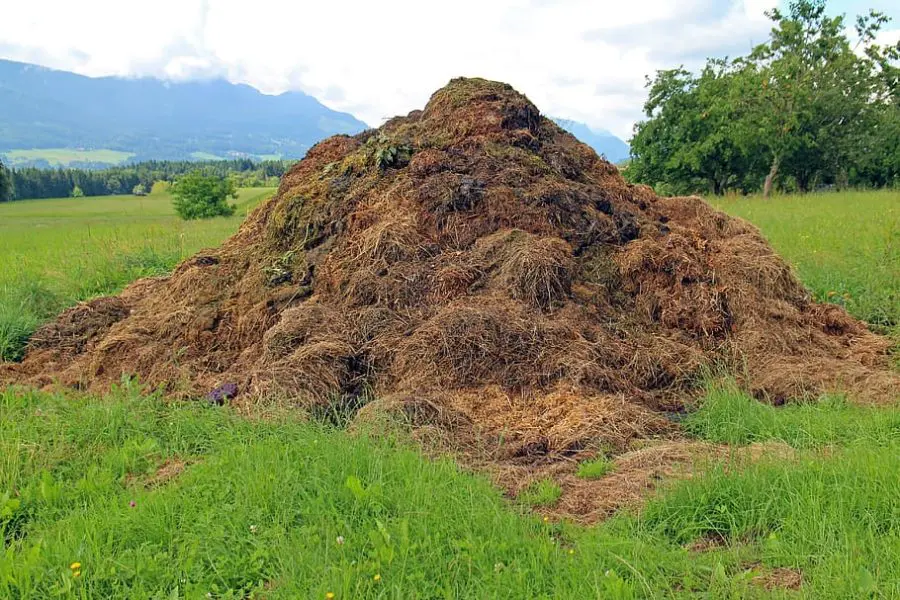
Traditional composting, also known as aerobic composting, is a natural process that transforms organic waste into a nutrient-rich soil conditioner.
It’s a bit like baking a cake. You need the right ingredients, mixed in the right proportions, and then you let time and nature do the rest.
Here’s how it works: You start by creating a compost pile or bin in your garden.
This could be a simple heap of organic waste, or you might use a specially designed compost bin or tumbler.
You then add your organic waste to the pile, layering ‘green’ materials (like vegetable scraps, coffee grounds, and fresh grass clippings) with ‘brown’ materials (like dried leaves, straw, and cardboard).
These layers provide the perfect balance of nitrogen and carbon, which are essential for the composting process.
Over time, with the help of microorganisms, worms, and other critters, the organic waste breaks down into compost.
This process is aerobic, meaning it requires oxygen, so you’ll need to turn your compost pile every now and then to keep it aerated.
After a few months, you’ll be rewarded with a pile of dark, crumbly compost that’s ready to enrich your garden.
Materials Needed for Traditional Composting
So, what do you need to get started with traditional composting? First up, you’ll need a space for your compost pile or bin.
This could be a corner of your garden, or you might choose to use a compost bin or tumbling composter, which can help to keep things tidy and speed up the composting process.
Next, you’ll need your organic waste. This is where the ‘green’ and ‘brown’ materials come in.
Green materials are rich in nitrogen and include things like vegetable scraps, coffee grounds, and fresh grass clippings.
Brown materials, on the other hand, are rich in carbon and include things like dried leaves, straw, and cardboard.
A good rule of thumb is to aim for a balance of about 2 parts brown materials to 1 part green materials.
And finally, you’ll need a bit of patience. Traditional composting is a slow process, and it can take anywhere from a few months to a year to produce finished compost.
But trust me, the wait is worth it. There’s nothing quite like the satisfaction of turning your kitchen scraps into a nutrient-rich treat for your plants!
Bokashi vs. Traditional Composting
Now that we’ve explored both Bokashi and traditional composting, it’s time to put them head-to-head in our ‘Bokashi vs. Traditional Composting’ showdown.
Both methods are fantastic ways to recycle organic waste and enrich your garden, but they each have their unique processes, benefits, and considerations.
In this section, we’ll compare these two composting methods side by side.
We’ll look at how their processes differ, the time frames involved, the types of materials you can compost, and the end products you can expect.
Whether you’re trying to decide which method to try out, or you’re just curious about the differences, this section is for you.
So, let’s dive in and explore the fascinating world of Bokashi and traditional composting!
Comparison of Processes

Let’s start by comparing the processes of Bokashi and traditional composting.
Bokashi composting is an anaerobic process, which means it happens in the absence of oxygen.
You add your kitchen waste to a Bokashi bin, sprinkle it with Bokashi bran, and seal the bin.
The microorganisms in the bran then get to work, fermenting the waste. There’s no need to turn or aerate the bin. In fact, you want to keep it as airtight as possible.
On the other hand, traditional composting is an aerobic process, meaning it requires oxygen.
You create a compost pile or bin, adding layers of green and brown materials. These materials then decompose over time, with the help of microorganisms, worms, and other critters.
Unlike Bokashi, traditional composting requires regular turning or aeration to keep the process going.
Comparison of Time Frames
When it comes to time frames, Bokashi composting is the speedier of the two methods.
Once your Bokashi bin is full, it takes just two weeks for the fermentation process to complete.
After that, you’ll need to bury the pre-compost in soil or add it to a traditional compost pile to finish the process, which takes a few more weeks.
Traditional composting, on the other hand, is a slower process.
It can take anywhere from a few months to a year to produce finished compost, depending on factors like the size of your compost pile, the materials you’re composting, and the climate.
Comparison of Materials Composted
Both Bokashi and traditional composting can handle a wide range of kitchen waste, but there are some key differences.
Bokashi composting can handle almost all types of kitchen waste, including things like meat, dairy, and cooked food, which are usually a no-go in traditional composting.
Traditional composting, on the other hand, is best suited to raw fruit and vegetable scraps, coffee grounds, eggshells, and yard waste.
It’s also important to balance ‘green’ materials (which provide nitrogen) with ‘brown’ materials (which provide carbon) in a traditional compost pile.
Comparison of End Products
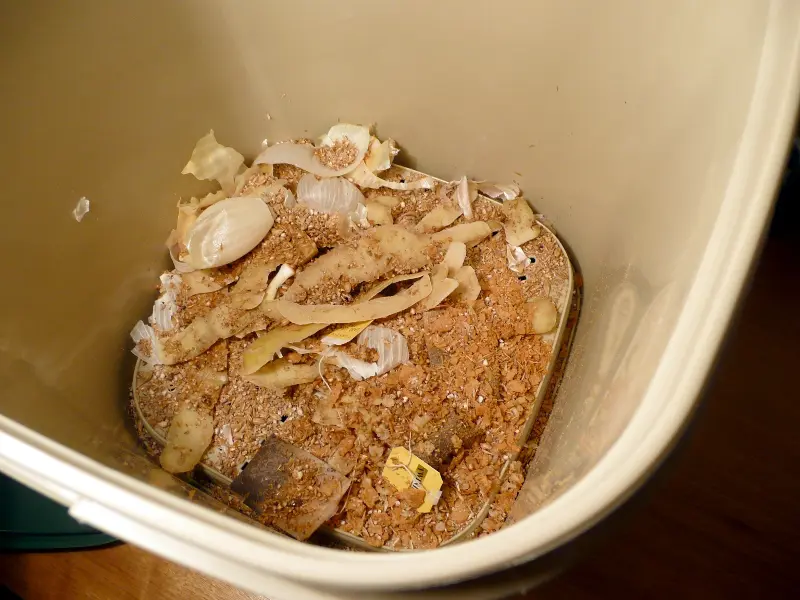
Finally, let’s compare the end products of Bokashi and traditional composting.
Bokashi composting produces a type of pre-compost that’s fermented and acidic.
It’s not finished compost, but it’s packed with beneficial microorganisms and nutrients.
To use it in your garden, you’ll need to bury it in soil or add it to a traditional compost pile to finish the process.
Traditional composting, on the other hand, produces a dark, crumbly compost that’s ready to use in your garden.
It’s a fantastic soil conditioner, helping to improve soil structure, moisture retention, and nutrient content.
Plus, it’s a great way to recycle your kitchen and yard waste!
Advantages and Disadvantages of Bokashi
As we continue our journey through the world of composting, let’s take a closer look at Bokashi.
Like any method, Bokashi composting comes with its own set of advantages and disadvantages.
Understanding these can help you decide if it’s the right fit for your garden and lifestyle.
In this section, we’ll explore the benefits of Bokashi composting, from its speed and simplicity to its ability to handle a wide range of kitchen waste.
But we’ll also discuss some of the potential drawbacks, like the need for special equipment and the extra step involved in the process.
So, whether you’re considering giving Bokashi composting a try, or you’re just curious to learn more, let’s dive in and uncover the pros and cons of this unique composting method!
Benefits of Bokashi Composting
Bokashi composting has a lot to offer, especially for those of us who are looking for a composting method that’s quick, easy, and versatile.
One of the biggest benefits of Bokashi composting is its speed.
Once your Bokashi bin is full, it takes just two weeks for the fermentation process to complete.
That’s a lot quicker than traditional composting, which can take months to produce finished compost.
Another advantage is its simplicity. With Bokashi composting, there’s no need to worry about turning your compost pile or balancing green and brown materials.
All you need to do is add your kitchen waste to the bin, sprinkle it with Bokashi bran, and seal the bin. T
he microorganisms in the bran do the rest of the work for you.
Bokashi composting is also incredibly versatile. It can handle almost all types of kitchen waste, including things like meat, dairy, and cooked food.
This makes it a great option if you’re looking to compost a wider range of materials.
Drawbacks of Bokashi Composting
Despite its many benefits, Bokashi composting does have a few potential drawbacks that are worth considering.
One of the main drawbacks is that it requires special equipment.
You’ll need a Bokashi bin and Bokashi bran to get started.
While these items are relatively easy to find online or at garden stores, they do represent an additional cost compared to traditional composting, which can be done with just a simple compost pile or bin.
Another potential drawback is that Bokashi composting is a two-step process.
The Bokashi bin produces a type of pre-compost that’s fermented and acidic. To use it in your garden, you’ll need to bury it in soil or add it to a traditional compost pile to finish the process.
This extra step can be a bit more labor-intensive compared to traditional composting.
Finally, while Bokashi composting can handle a wide range of kitchen waste, it’s not suitable for yard waste like leaves and grass clippings.
If you have a lot of yard waste to compost, traditional composting might be a better fit.
Advantages and Disadvantages of Traditional Composting
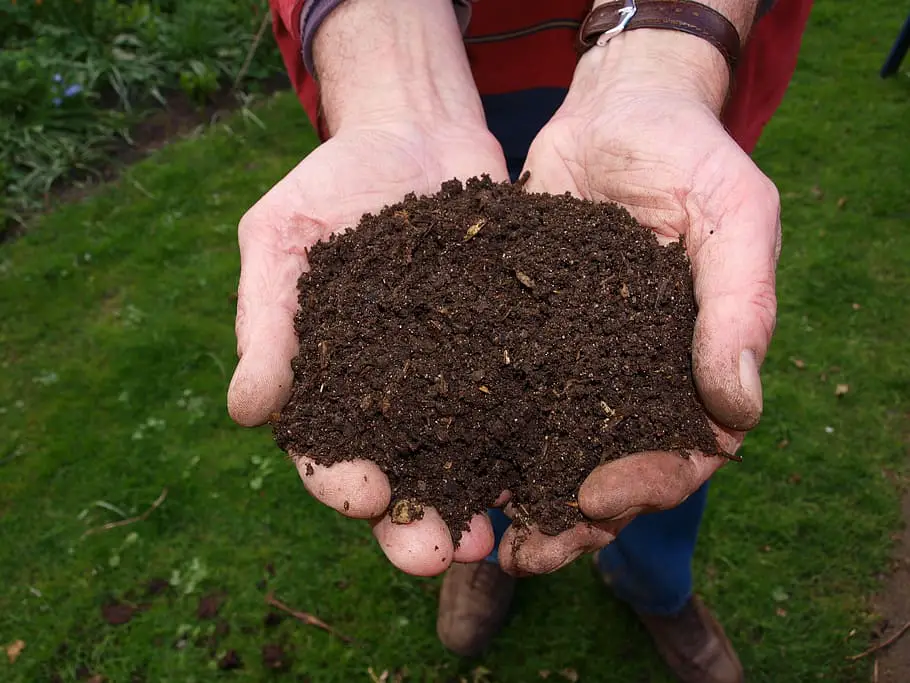
Let’s shift gears and focus on traditional composting. This method has been tried and tested by gardeners for centuries, and it’s a fantastic way to recycle organic waste and enrich your garden.
But like any method, it comes with its own set of advantages and disadvantages.
In this section, we’ll delve into the benefits of traditional composting, from its ability to handle a wide range of organic waste to the high-quality compost it produces.
But we’ll also discuss some of the potential challenges, like the time and effort required to maintain a compost pile.
Whether you’re a seasoned composter or a newbie looking to learn more, let’s uncover the pros and cons of traditional composting together!
Benefits of Traditional Composting
Traditional composting has a lot to offer, especially for those of us who love the idea of turning our kitchen and yard waste into something beneficial for our gardens.
One of the biggest benefits of traditional composting is its versatility. It can handle a wide range of organic waste, from fruit and vegetable scraps to coffee grounds, eggshells, and yard waste.
This makes it a great option if you’re looking to recycle a variety of materials.
Another advantage is the quality of the compost it produces. Traditional composting produces a dark, crumbly compost that’s rich in nutrients and beneficial microorganisms.
This compost is a fantastic soil conditioner, helping to improve soil structure, moisture retention, and nutrient content.
Finally, traditional composting is a natural process that’s good for the environment.
It helps to reduce the amount of waste that ends up in landfills, and it returns valuable nutrients to the soil, promoting healthy plant growth and reducing the need for synthetic fertilizers.
Drawbacks of Traditional Composting
Despite its many benefits, traditional composting does have a few potential drawbacks that are worth considering.
One of the main challenges is that it can be quite labor-intensive.
Maintaining a compost pile requires regular turning or aeration to keep the composting process going.
You also need to balance green and brown materials to provide the right mix of nitrogen and carbon.
Another potential drawback is the time it takes to produce finished compost.
Traditional composting is a slow process, and it can take anywhere from a few months to a year to produce finished compost.
If you’re looking for a quicker composting method, Bokashi composting might be a better fit.
Finally, while traditional composting can handle a wide range of organic waste, there are some things it can’t compost.
Meat, dairy, and cooked food are usually a no-go in a traditional compost pile, as they can attract pests and cause odors.
If you’re looking to compost these types of materials, Bokashi composting might be a better option.
Practical Applications of Bokashi and Traditional Composting
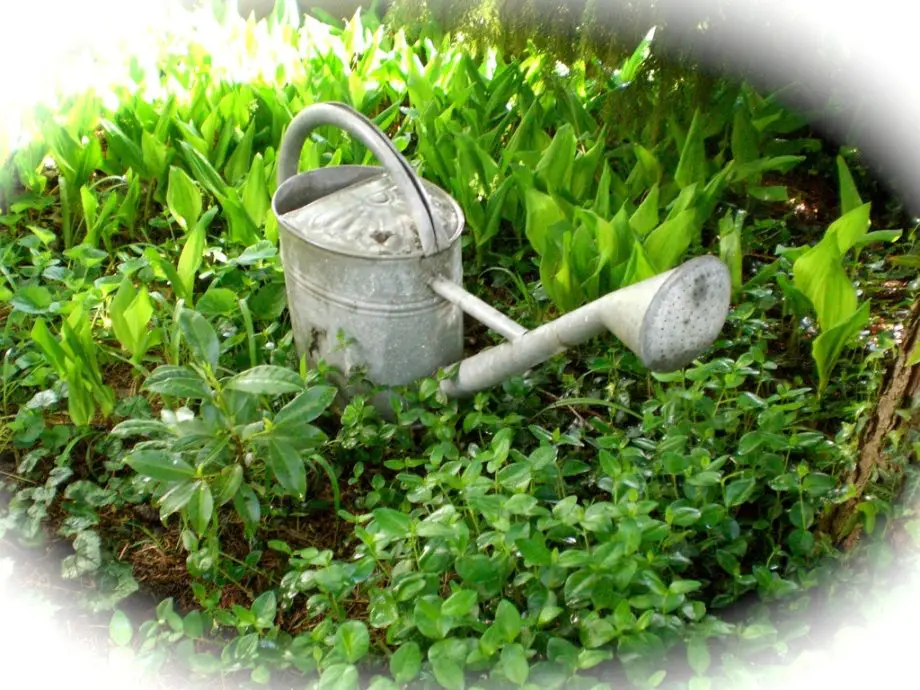
Now that we’ve explored the ins and outs of both Bokashi and traditional composting, let’s bring it all together and look at how we can practically apply these methods in our gardens.
After all, the ultimate goal of composting isn’t just to recycle our kitchen and yard waste, but to create something beneficial that can help our plants thrive.
In this section, we’ll explore how to use Bokashi compost and traditional compost in your garden.
We’ll discuss how to incorporate these nutrient-rich materials into your soil, and how they can help improve the health and productivity of your plants.
Whether you’re a seasoned gardener or just starting out, this section will give you practical tips and insights on how to make the most of your composting efforts.
So, let’s roll up our sleeves and get our hands dirty!
How to Use Bokashi Compost in the Garden
Using Bokashi compost in your garden is a bit different from using traditional compost, but it’s just as rewarding.
Remember, Bokashi compost is a type of pre-compost that’s fermented and acidic, so it needs a little extra care when using it in your garden.
One of the most common ways to use Bokashi compost is to bury it in your garden soil.
Simply dig a hole or trench about a foot deep, add your Bokashi compost, and cover it with soil.
The Bokashi compost will continue to break down in the soil, releasing its nutrients over time.
After about two weeks, the area where you buried the Bokashi compost will be ready for planting.
Another option is to add your Bokashi compost to a traditional compost pile or bin.
This can help to speed up the composting process and produce a rich, nutrient-dense compost that’s great for your garden.
How to Use Traditional Compost in the Garden
Traditional compost is a gardener’s gold. It’s a fantastic soil conditioner that can help to improve soil structure, moisture retention, and nutrient content.
And the best part? It’s incredibly easy to use.
One of the simplest ways to use traditional compost is to spread it on top of your garden soil as a mulch.
This can help to suppress weeds, retain moisture, and slowly release nutrients into the soil.
Just spread a layer of compost around your plants, and let nature do the rest.
You can also incorporate traditional compost into your soil when planting or repotting plants.
Simply mix the compost with your garden soil or potting mix to provide your plants with a nutrient-rich environment to grow in.
And finally, you can use traditional compost to make compost tea a nutrient-rich liquid that can be used to water your plants or spray on their leaves as a foliar feed.
To make compost tea, simply soak a bag of compost in water for a few days, then use the resulting liquid to feed your plants.
Bokashi vs Compost FAQs
As we navigate through the world of composting, it’s natural to have a few questions.
After all, composting is a science, and like any science, it can get a bit complex. But don’t worry, we’re here to help!
In this section, we’ll tackle some of the most frequently asked questions about Bokashi and traditional composting.
From composting meat and dairy products to understanding the mysterious Bokashi tea, we’ve got you covered.
So, if you’ve been scratching your head over some composting conundrums, stick around.
This section is all about answering your burning questions and making composting as easy and enjoyable as possible!
Q: Can I compost meat and dairy products in Bokashi?
A: Absolutely! One of the great advantages of Bokashi composting is its ability to handle a wide range of kitchen waste, including meat and dairy products.
These items, which are usually a no-go in traditional composting, can be safely composted using the Bokashi method.
Just remember to sprinkle each layer of waste with Bokashi bran to kickstart the fermentation process.
Q: Can I compost cooked food in traditional composting?
A: Generally, it’s best to avoid composting cooked food in a traditional compost pile or bin.
Cooked food can attract pests and cause unpleasant odors.
However, if the cooked food is free of oil, sauces, and seasonings, and it’s something that would otherwise be compostable (like plain vegetables or grains), it can be added to a traditional compost pile.
Just be sure to bury it well and balance it with plenty of ‘brown’ materials.
Q: What is Bokashi tea and how can I use it?
A: Bokashi tea, also known as Bokashi juice or leachate, is the liquid that drains off during the Bokashi composting process.
This liquid is packed with beneficial microorganisms and nutrients, making it a fantastic natural fertilizer for your plants.
To use Bokashi tea, dilute it with water (a good rule of thumb is 1 part Bokashi tea to 100 parts water) and use it to water your plants.
Just remember, Bokashi tea is quite acidic, so it’s important to dilute it before use.
Bokashi vs Compost Conclusion
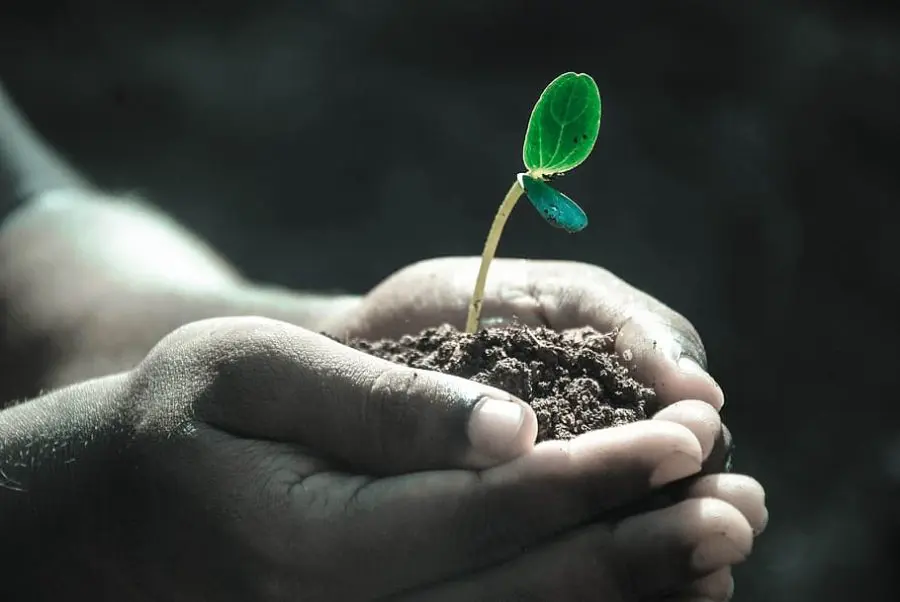 As we reach the end of our composting journey, it’s time to take a moment to reflect on what we’ve learned.
As we reach the end of our composting journey, it’s time to take a moment to reflect on what we’ve learned.
From the ins and outs of Bokashi and traditional composting to their practical applications in the garden, we’ve covered a lot of ground.
In this concluding section, we’ll recap the key points and hopefully leave you feeling inspired and equipped to try out these composting methods for yourself.
Remember, whether you choose Bokashi, traditional composting, or a combination of both, the important thing is that you’re taking steps to reduce waste and enrich your garden in a natural, sustainable way.
So, let’s wrap things up and look back at our journey through the world of composting.
Recap of Key Points
We’ve journeyed through the fascinating world of composting, exploring two unique methods: Bokashi and traditional composting.
We learned that Bokashi composting, originating from Japan, is a quick and efficient method that uses a special bran to ferment kitchen waste, including items like meat and dairy that are typically not compostable.
This method is anaerobic, meaning it doesn’t require oxygen, and it produces a type of pre-compost that needs to be buried in the soil or added to a traditional compost pile to finish the process.
On the other hand, traditional composting is a slower, aerobic process that requires a balance of green and brown materials and regular turning or aeration.
It can handle a wide range of organic waste, excluding meat, dairy, and cooked food, and it produces a nutrient-rich compost that’s fantastic for improving soil health.
Both methods have their own set of advantages and disadvantages, and they can even be used together for a more comprehensive composting system.
Encouragement to Try Both Methods and See What Works Best for You
Now that we’ve explored the ins and outs of Bokashi and traditional composting, I encourage you to give these methods a try.
Remember, there’s no one-size-fits-all approach to composting. What works best for you will depend on your lifestyle, the types of waste you produce, and your gardening needs.
So, why not experiment with both methods?
Try Bokashi composting for its speed and versatility, and traditional composting for its ability to handle a wide range of organic waste and produce high-quality compost.
You might find that you prefer one method over the other, or you might discover that a combination of both methods works best for you.
No matter what you choose, remember that composting is a journey. It’s a process of learning, experimenting, and connecting with nature. So, embrace the journey, and happy composting!







